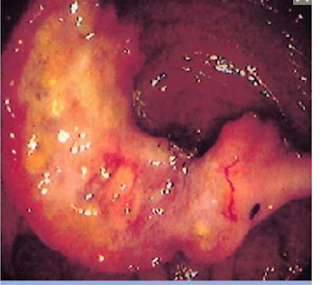Dyslipidaemia
1 Familial (primary) dyslipidaemia
● Due to gene mutation(s).
● Should be suspected in patients with premature IHD (age <55 in men, <60 in women).
● WHO classifies them type 1-5 (T1-5).
2 Acquired (secondary) dyslipidaemia
Most cases of dyslipidaemia are acquired in later life. Obesity, sedentary lifestyle, and diabetes are common risk factors, though many cases are essentially idiopathic.
Other causes:
● Endocrine: hypothyroidism, hypopituitarism.
● Hepatic: alcohol excess, cholestasis.
● Renal: nephrotic syndrome, chronic kidney disease.
● Others: pregnancy, anorexia, gout, antipsychotics.
Signs and symptoms
Usually detected through CVD risk assessment, or when presenting with complications such as IHD or stroke.
The only specific sign is lipid deposits (xanthomas). Their presence and extent are a sign of disease severity. Locations:
● Eyelids: xanthelasma (also seen in smoking).
● Eyes: corneal arcus and retinal deposits.
● Tendon xanthoma: achilles (run finger and thumb along to feel for lumps) and digital extensor tendons. Especially seen in T2 hyperlipidaemia.
● Knees and elbows: xanthoma tuberosum and tuboeruptive xanthoma (with red papules). Seen in T3 hyperlipidaemia.
● Palms and flexures: palmar xanthoma.




Comments